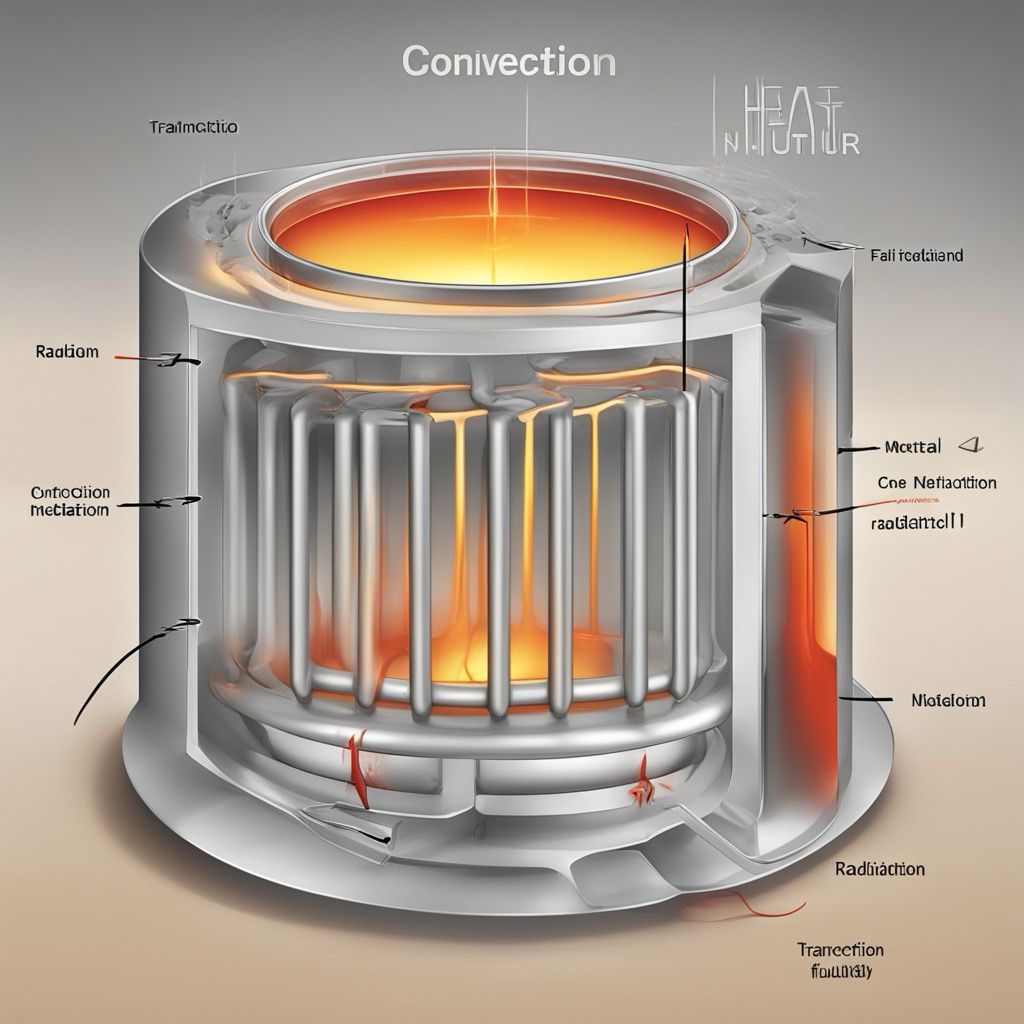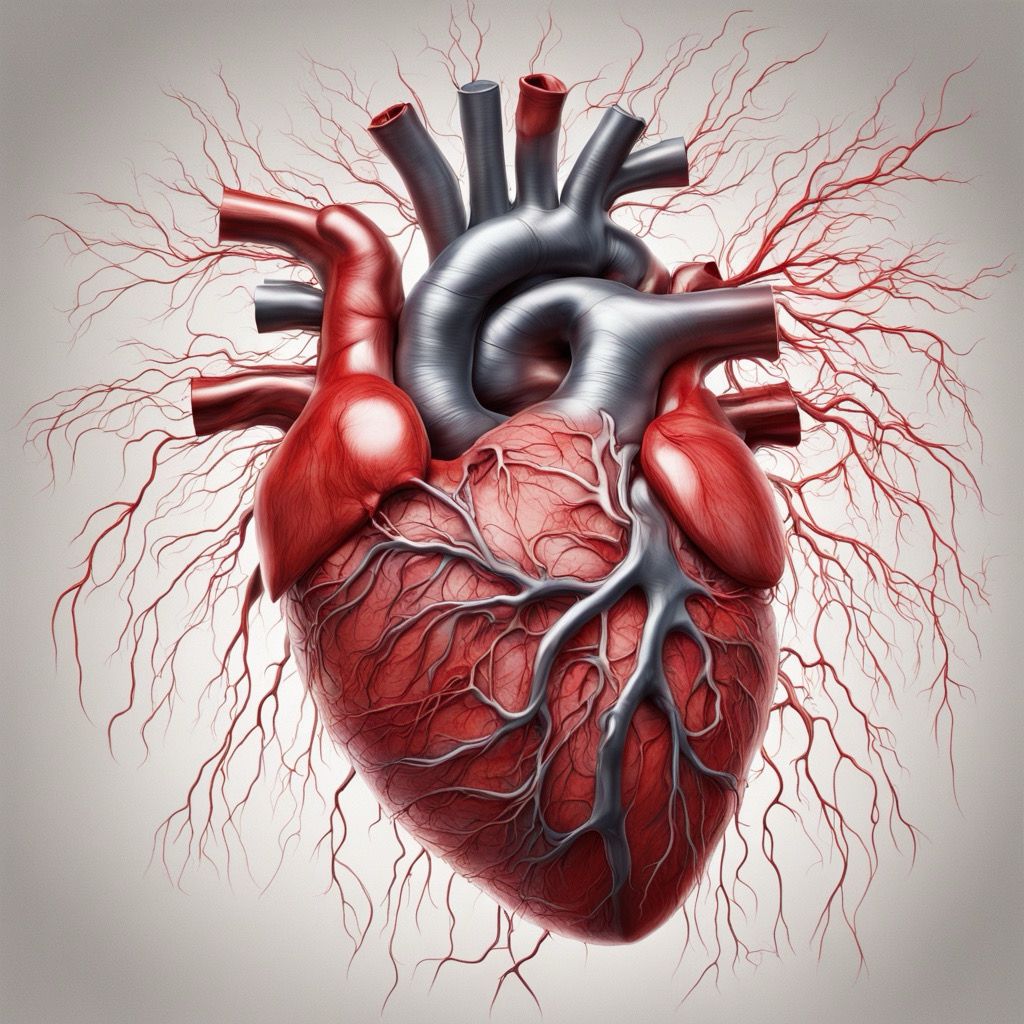Published: 4 months ago

Science
Engineering
Summary
Dive into the intricate world of heat transfer with this captivating story that demystifies the role of the heat transfer coefficient, ( h ). From defining the equation to exploring the various types, factors influencing, practical applications, and calculation methods, this narrative will leave you mesmerized by the importance of ( h ) in optimizing heat transfer processes.
Article
Imagine a world where heat transfer was a mystery, where the efficiency of heating and cooling systems was left to chance. Thankfully, in our reality, we have the heat transfer coefficient, denoted by the symbol ( h ), to guide us through the intricate dance of thermal energy exchange.
In the realm of heat transfer, ( h ) reigns supreme as a crucial parameter, quantifying the rate of heat transfer per unit area per unit temperature difference between a solid surface and a fluid in motion. Whether it's the gentle flow of a liquid or the swirling chaos of a gas, ( h ) stands as the arbiter of thermal equilibrium, dictating how efficiently heat is transferred in a multitude of processes.
The equation that defines the heat transfer coefficient, ( q = h cdot A cdot (T_s - T_f) ), serves as a beacon of understanding in the sea of thermodynamic complexity. Here, ( q ) represents the rate of heat transfer, ( A ) is the surface area involved, ( T_s ) is the temperature of the solid surface, and ( T_f ) is the temperature of the fluid. The temperature difference ( (T_s - T_f) ) becomes the battleground where heat is exchanged, with ( h ) as the mediator of this energy dance.
As we delve deeper into the labyrinth of heat transfer coefficients, we encounter different types that govern various realms of thermal exchange. Convective heat transfer coefficients rule over interactions between solid surfaces and fluid flows, with natural convection arising from buoyancy forces and forced convection spurred on by external interventions. Conductive heat transfer coefficients hold sway over the realm of heat conduction through solid materials, while radiative heat transfer coefficients govern the mysterious world of thermal radiation.
In this tapestry of heat transfer coefficients, myriad factors influence the efficiency of heat exchange. Fluid properties, flow characteristics, surface characteristics, temperature differences, and even gravitational effects all play a role in shaping the heat transfer coefficient in a given scenario. From the viscosity of a fluid to the roughness of a surface, every detail matters in the grand scheme of thermal equilibrium.
Practical applications of the heat transfer coefficient abound, from the meticulous design of heat exchangers to the cooling of electronic devices and the optimization of HVAC systems. The theoretical calculations and experimental measurements used to determine ( h ) pave the way for innovation and efficiency in countless industries where heat transfer is a critical component of success.
In a hypothetical scenario where a heated flat plate meets the cool embrace of flowing air, the heat transfer coefficient becomes the linchpin of efficiency. By measuring temperatures, calculating heat transfer rates, and ultimately determining ( h ), engineers and scientists gain valuable insight into the intricacies of thermal energy exchange, guiding them towards optimal designs and operational conditions.
In a world where heat transfer reigns supreme, the heat transfer coefficient stands as a beacon of knowledge, guiding us through the complex web of thermal equilibrium. With its power to quantify and optimize heat exchange, ( h ) becomes a cornerstone of progress in the field of heat transfer, enabling us to unlock the secrets of thermal energy with precision and clarity.
No opinions exist on this article yet!
Be the first one to share an opinion on this article.
This article does not have any attachments.
No Access
Share access to start recording your opinion











